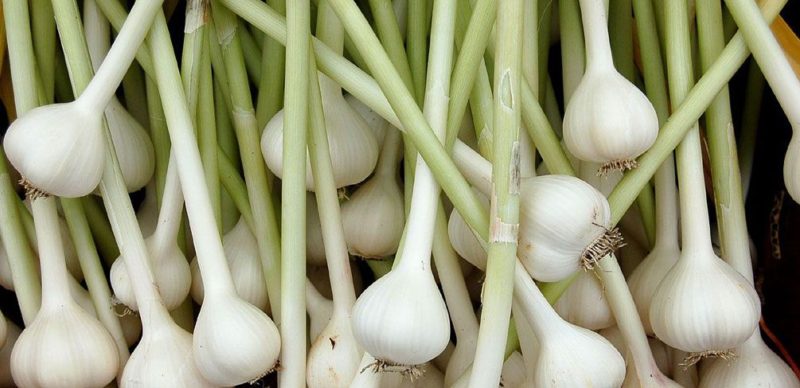With lawns going out of fashion and urban agriculture making a big impression, more and more people are looking at what they can grow. Some are even looking at how to grow your own drugs. To understand the study of ethnobotany, one must first understand the meaning of the word. According to the Merriam-Webster dictionary, the word ethno means “race: people: cultural group” and the word botany is a “branch of science that deals with plant life.” So, with this in mind, one could assume that ethnobotany is the study of plants and their relationships with certain cultures. In fact, Merriam-Webster defines it as “the plant lore of indigenous cultures or the systematic study of such lore.” But how does ethnobotany relate to growing drugs? Simply put, one of the subcategories of ethnobotany is ethnomedicine — the study or comparison of the traditional medicine practiced by various ethnic groups, especially indigenous peoples.

Benjamin Rush Medicinal Plant Garden, at the College of Physicians of Philadelphia, 19 S. 22nd St. Philadelphia, Pennsylvania, USA. Photo credit: Daderot. Licensed under Public Domain
Grow Your Own Drugs
Botanical Dimensions is an organization dedicated to the study of ethnobotany. According to their website, “Ethnomedicine is the study of traditional medicines, whether written (as in Ayurveda or Traditional Chinese Medicine), or remembered and transmitted via oral tradition (such as in much Native American, Latin American, or African folk medicine, or in Euro-American herbal medicine). Medical anthropology studies contemporary ethnomedicine, which includes concepts of what illness is and how healing occurs.” Herbalists and Spices from India Probably one of the most well-known examples of ethnomedicine would be that of the indigenous tribes of India, which is still in practice today by many who consider themselves to be herbalists.
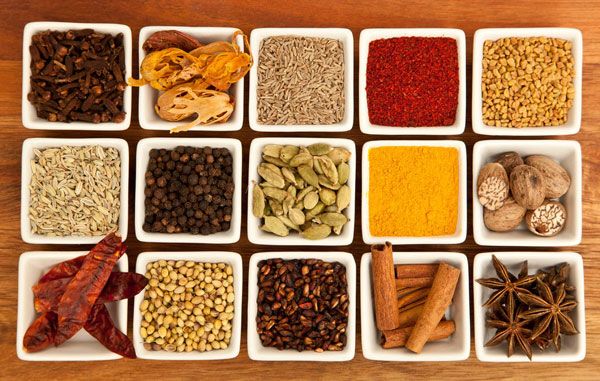
An array of Indian Spices used in Indian and south Asian cuisine. Photo credit: Joe mon bkk. Licensed under CC-BY-SA 4.0
The tribes of India discovered early on that most spices can have a positive effect on the general health of people, and this is why most of their traditional food dishes are comprised of a wide variety of spices, known as curries. Luckily, most of these are easily found or easily grown for those who prefer to have complete control over their food.
Would you use an onion to treat your cough? 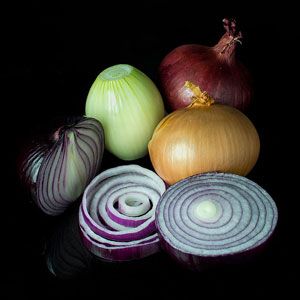
Mixed onions: red and brown onions, with and without skin, whole and sliced and in rings. Photo credit: Colin / Wikimedia Commons. Licensed under CC-BY-SA 3.0
One of the most well known of these spices would be the onion, which is one of the first known cultivated vegetables and one of the easiest to grow. Simply plant the bulbs in a well-drained soil and wait. Known for their antioxidant properties, onions also nourish, heal, soften skin, and aid in the regeneration of tissue. There are claims that onions can be used to treat coughs and fevers, aid in the treatment of diabetes, and used to relieve menstrual cramps.
Would you use garlic to treat dandruff? The next commonly used spice is garlic, a pungent spice that can also make a claim to a wide variety of medicinal uses. Like onions, garlic is easily grown: Simply plant a firm clove from store-bought garlic, water, and wait. Once it’s harvested, it can be used to treat high blood pressure, diarrhea, whooping cough, ear infections, dandruff, and even intestinal parasites.
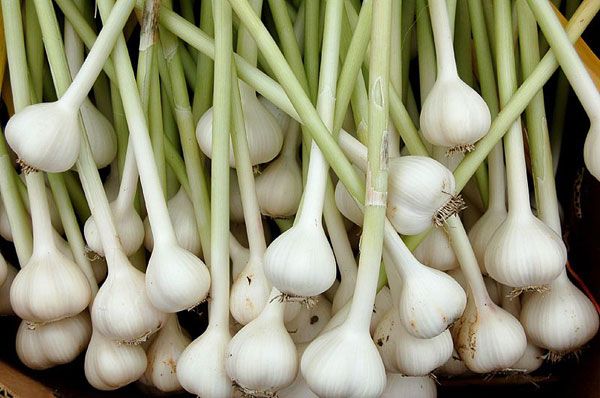
Organically grown Garlic or Allium sativum taken at Leek and Bounds, North Hampton, NH. Photo credit: Jennifer Dickert. Licensed under CC-BY-SA 2.0
The third plant, coriander, is considered a herb, and is commonly referred to as cilantro. Cilantro is actually just the leaves while coriander is the seed of the plant. While not as widely used as onions and garlic, it is easily found on the spice rack of most grocery stores. For those who want to grow it, simply let a cilantro plant flower and go to seed. Then harvest the seeds, let them dry, and plant them. The leaves of the plant can be used to treat urinary tract infections, and the seeds can be used as an aphrodisiac or to treat stomachaches.
Other Articles You May be Interested in:

Cilantro going to seed. Photo credit: Keith McDuffee. Licensed under CC-BY-SA 2.0
Finally, the pomegranate is another easily grown fruit with a wide variety of medicinal uses. Pomegranates grow on large shrubs or small trees and can be found at most specialty garden centers. They require full sun, minimal water, and fertilization to grow larger fruits. Once they’re grown, the fruit can be used to treat diarrhea, digestive disorders, wounds, bruises, scars, and jaundice.
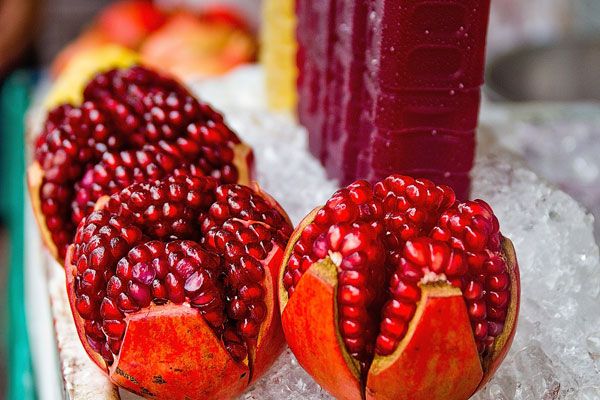
These beautiful Pomegranates could be the solution you are looking for. Licensed under CC0 Public Domain
These are by no means a complete list of the medicinal plants included in ethnomedicine; in fact, this doesn’t even begin to cover them. Others include cardamom, cloves, cumin, fennel, fenugreek, ginger, nutmeg, peppers, and turmeric. All can be used to treat everything from bug bites to joint pain and intestinal worms, along with a variety of other ailments. Why is ethnomedicine gaining in popularity? Simply put, when a person consumes one or more of these spices on a regular basis, history has proven that they can have a profound effect on one’s overall health. It is this history that has prompted the movement to forgo Western medicine and return to ethnomedicine or a more natural form of treatment. – Please remember to consult with a doctor before starting any new herbal regime, especially for children, and use caution when combining herbs, as there can be interactions. Article by Erin Tharp
Recommended Reading:
Return to Homepage
Published in Blog








